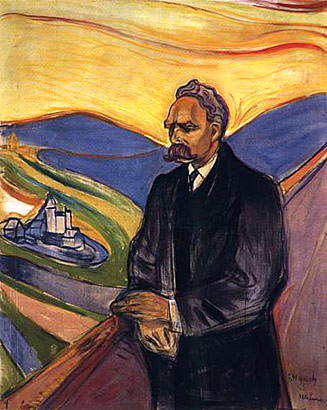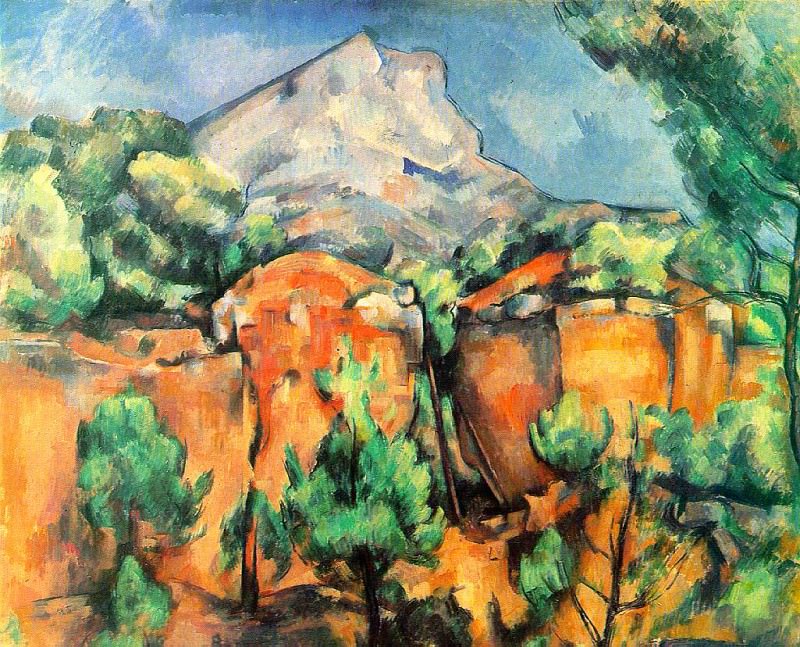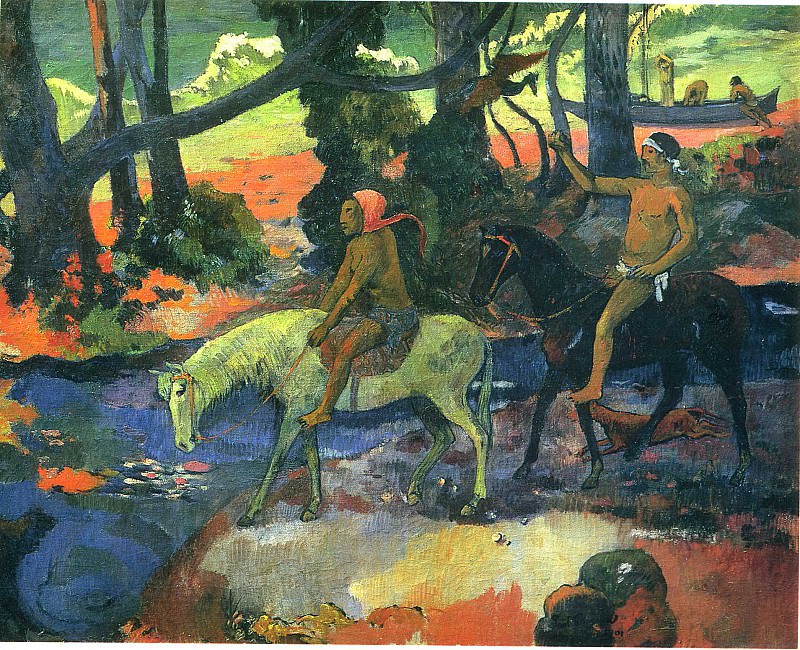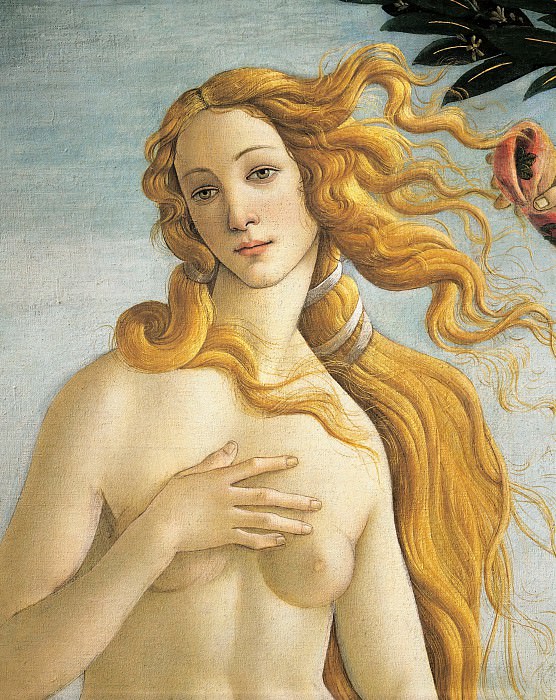Sandro Botticelli: Master of the Renaissance
Sandro Botticelli, born Alessandro di Mariano di Vanni Filipepi in 1445 in Florence, is a figure whose artistry and influence resonate profoundly within the world of Renaissance art. His work represents a distinctive confluence of classical mythology and Christian themes, capturing the essence of an era defined by a revival of ancient learning and artistic innovation. Botticelli's oeuvre is celebrated for its delicate beauty, intricate detail, and its ability to convey complex narratives through a combination of graceful form and rich symbolism.
The Early Years and Artistic Formation
Botticelli's early life in Florence was instrumental in shaping his artistic vision. He trained under the guidance of Fra Filippo Lippi, a renowned painter whose influence is evident in Botticelli's meticulous attention to detail and his use of elegant, flowing lines. This apprenticeship laid the foundation for Botticelli's distinctive style, characterized by a delicate linearity and a deep appreciation for classical antiquity. During this formative period, Botticelli absorbed the Renaissance ideals of harmony, proportion, and balance, which would become hallmarks of his mature work.
The Influence of Humanism
The intellectual climate of Florence during Botticelli's career was heavily influenced by the Renaissance humanism movement. This philosophical and cultural shift emphasized the revival of classical antiquity, focusing on the study of ancient Greek and Roman texts, art, and philosophy. Botticelli's art reflects this humanist ethos, evident in his integration of classical mythology with Christian iconography. Works such as "The Birth of Venus" and "Primavera" exemplify this fusion, celebrating the human form and classical themes while remaining deeply rooted in the spiritual and religious context of the time.
Masterpieces of Myth and Religion
One of Botticelli's most iconic works is "The Birth of Venus," a masterpiece that depicts the goddess Venus emerging from the sea, standing on a shell. This painting is renowned for its ethereal beauty, with Venus portrayed as an idealized figure of purity and grace. The use of tempera on canvas allows for a luminosity and fluidity that enhances the painting's otherworldly quality. Botticelli's depiction of Venus not only reflects the Renaissance fascination with classical mythology but also embodies the era's ideal of divine beauty.
Another significant work by Botticelli is "Primavera," an allegorical painting that celebrates the arrival of spring. The composition is rich with symbolic elements, including the Three Graces, Venus, and Mercury, each representing different aspects of nature and human experience. The painting's intricate detail and harmonious arrangement of figures demonstrate Botticelli's mastery of narrative and symbolism. The delicate, flowing lines and the ethereal quality of the figures capture the viewer's imagination, inviting them to explore the deeper meanings embedded in the artwork.
Religious Themes and Innovations
While Botticelli is celebrated for his mythological paintings, his contributions to religious art are equally significant. His work "The Mystical Nativity" stands out as a profound expression of his Christian faith. This painting depicts the nativity scene with a dramatic intensity, incorporating elements of apocalyptic prophecy and spiritual conflict. The dynamic composition and vivid colors reflect Botticelli's ability to convey complex theological concepts through visual means. The painting's integration of divine and earthly elements exemplifies Botticelli's skill in blending narrative and symbolism to evoke a sense of the sacred.
Botticelli's "The Mystical Nativity" also highlights his innovative approach to religious subject matter. The inclusion of symbolic elements, such as the angels and demons engaged in battle, adds a layer of theological depth to the traditional nativity scene. This approach reflects the broader Renaissance interest in combining classical and Christian themes, demonstrating Botticelli's ability to navigate and merge different artistic traditions.
The Influence of Botticelli's Art
Botticelli's impact on the art world extends beyond his own era. His work was highly influential in shaping the trajectory of Renaissance art, inspiring subsequent generations of artists with his innovative techniques and thematic explorations. His emphasis on linear beauty and the idealization of the human form influenced many contemporaries and successors, contributing to the development of the High Renaissance style.
In addition to his influence on visual art, Botticelli's work also played a role in the broader cultural context of the Renaissance. His integration of classical mythology and Christian themes reflects the period's fascination with the interplay between ancient and contemporary ideas. Botticelli's ability to navigate these themes with grace and sophistication underscores his significance as a pivotal figure in the Renaissance cultural and artistic revival.
Legacy and Rediscovery
Despite his profound impact, Botticelli's reputation experienced fluctuations over time. After his death in 1510, his work fell into relative obscurity, overshadowed by the rise of other artistic styles and movements. However, the 19th and 20th centuries saw a resurgence of interest in Botticelli's art, driven by a renewed appreciation for Renaissance aesthetics and the historical significance of his work. Exhibitions and scholarly research have contributed to the rediscovery and reevaluation of Botticelli's contributions, cementing his place as one of the great masters of Renaissance art.
Conclusion
Sandro Botticelli's artistry represents a quintessential expression of Renaissance ideals, blending classical mythology with Christian themes to create works of enduring beauty and significance. His masterpieces, including "The Birth of Venus" and "Primavera," continue to captivate audiences with their elegance, symbolism, and narrative complexity. Botticelli's innovative approach to art, combined with his deep engagement with the cultural and intellectual currents of his time, ensures his place as a pivotal figure in the history of Western art. His legacy endures as a testament to the power of art to convey profound truths and to inspire generations across time.
Sandro Botticelli, born Alessandro di Mariano di Vanni Filipepi in 1445 in Florence, is a figure whose artistry and influence resonate profoundly within the world of Renaissance art. His work represents a distinctive confluence of classical mythology and Christian themes, capturing the essence of an era defined by a revival of ancient learning and artistic innovation. Botticelli's oeuvre is celebrated for its delicate beauty, intricate detail, and its ability to convey complex narratives through a combination of graceful form and rich symbolism.
The Early Years and Artistic Formation
Botticelli's early life in Florence was instrumental in shaping his artistic vision. He trained under the guidance of Fra Filippo Lippi, a renowned painter whose influence is evident in Botticelli's meticulous attention to detail and his use of elegant, flowing lines. This apprenticeship laid the foundation for Botticelli's distinctive style, characterized by a delicate linearity and a deep appreciation for classical antiquity. During this formative period, Botticelli absorbed the Renaissance ideals of harmony, proportion, and balance, which would become hallmarks of his mature work.
The Influence of Humanism
The intellectual climate of Florence during Botticelli's career was heavily influenced by the Renaissance humanism movement. This philosophical and cultural shift emphasized the revival of classical antiquity, focusing on the study of ancient Greek and Roman texts, art, and philosophy. Botticelli's art reflects this humanist ethos, evident in his integration of classical mythology with Christian iconography. Works such as "The Birth of Venus" and "Primavera" exemplify this fusion, celebrating the human form and classical themes while remaining deeply rooted in the spiritual and religious context of the time.
Masterpieces of Myth and Religion
One of Botticelli's most iconic works is "The Birth of Venus," a masterpiece that depicts the goddess Venus emerging from the sea, standing on a shell. This painting is renowned for its ethereal beauty, with Venus portrayed as an idealized figure of purity and grace. The use of tempera on canvas allows for a luminosity and fluidity that enhances the painting's otherworldly quality. Botticelli's depiction of Venus not only reflects the Renaissance fascination with classical mythology but also embodies the era's ideal of divine beauty.
Another significant work by Botticelli is "Primavera," an allegorical painting that celebrates the arrival of spring. The composition is rich with symbolic elements, including the Three Graces, Venus, and Mercury, each representing different aspects of nature and human experience. The painting's intricate detail and harmonious arrangement of figures demonstrate Botticelli's mastery of narrative and symbolism. The delicate, flowing lines and the ethereal quality of the figures capture the viewer's imagination, inviting them to explore the deeper meanings embedded in the artwork.
Religious Themes and Innovations
While Botticelli is celebrated for his mythological paintings, his contributions to religious art are equally significant. His work "The Mystical Nativity" stands out as a profound expression of his Christian faith. This painting depicts the nativity scene with a dramatic intensity, incorporating elements of apocalyptic prophecy and spiritual conflict. The dynamic composition and vivid colors reflect Botticelli's ability to convey complex theological concepts through visual means. The painting's integration of divine and earthly elements exemplifies Botticelli's skill in blending narrative and symbolism to evoke a sense of the sacred.
Botticelli's "The Mystical Nativity" also highlights his innovative approach to religious subject matter. The inclusion of symbolic elements, such as the angels and demons engaged in battle, adds a layer of theological depth to the traditional nativity scene. This approach reflects the broader Renaissance interest in combining classical and Christian themes, demonstrating Botticelli's ability to navigate and merge different artistic traditions.
The Influence of Botticelli's Art
Botticelli's impact on the art world extends beyond his own era. His work was highly influential in shaping the trajectory of Renaissance art, inspiring subsequent generations of artists with his innovative techniques and thematic explorations. His emphasis on linear beauty and the idealization of the human form influenced many contemporaries and successors, contributing to the development of the High Renaissance style.
In addition to his influence on visual art, Botticelli's work also played a role in the broader cultural context of the Renaissance. His integration of classical mythology and Christian themes reflects the period's fascination with the interplay between ancient and contemporary ideas. Botticelli's ability to navigate these themes with grace and sophistication underscores his significance as a pivotal figure in the Renaissance cultural and artistic revival.
Legacy and Rediscovery
Despite his profound impact, Botticelli's reputation experienced fluctuations over time. After his death in 1510, his work fell into relative obscurity, overshadowed by the rise of other artistic styles and movements. However, the 19th and 20th centuries saw a resurgence of interest in Botticelli's art, driven by a renewed appreciation for Renaissance aesthetics and the historical significance of his work. Exhibitions and scholarly research have contributed to the rediscovery and reevaluation of Botticelli's contributions, cementing his place as one of the great masters of Renaissance art.
Conclusion
Sandro Botticelli's artistry represents a quintessential expression of Renaissance ideals, blending classical mythology with Christian themes to create works of enduring beauty and significance. His masterpieces, including "The Birth of Venus" and "Primavera," continue to captivate audiences with their elegance, symbolism, and narrative complexity. Botticelli's innovative approach to art, combined with his deep engagement with the cultural and intellectual currents of his time, ensures his place as a pivotal figure in the history of Western art. His legacy endures as a testament to the power of art to convey profound truths and to inspire generations across time.




